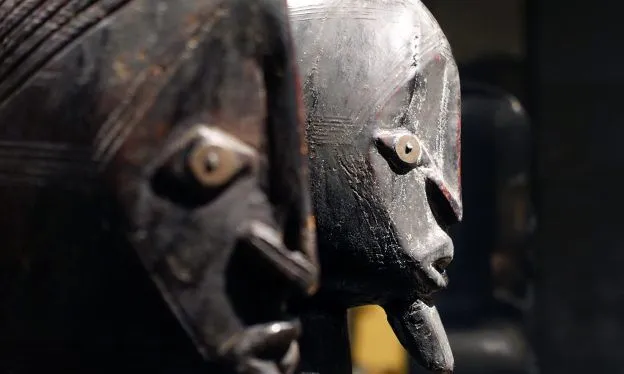Approaches to Art: a New Introduction to Art History

The exploration of art history through varied approaches necessitates a nuanced understanding of context, methodology, and cultural influences. “Approaches to Art: A New Introduction to Art History” provides a framework for analyzing artworks that goes beyond surface aesthetics, inviting a critical engagement with the narratives that shape artistic expression. By examining key methodologies such as formal analysis and iconography, the text raises important questions about how context informs our appreciation of art. What implications do these frameworks hold for contemporary interpretations of historical works?
Understanding Art Through Context
Understanding Approaches to Art: a New Introduction to Art History through context requires a multifaceted analysis that considers the historical, cultural, and social frameworks within which a work is created and received.
This involves examining historical context, uncovering social narratives, and engaging in thematic exploration.
Visual symbolism plays a crucial role, as it conveys deeper meanings and reflects the complexities of the artist’s environment, ultimately enriching our comprehension of the artwork.
Read more: Anime:Ek4iivsx76k= Cute:5-Pkvybncy4= Foxes
Key Methodologies in Art Analysis
While various methodologies exist for analyzing art, each approach offers unique insights that enhance our appreciation and interpretation of artistic works.
Formal analysis focuses on the visual elements—color, line, shape—allowing viewers to engage with the artwork’s aesthetic qualities.
In contrast, iconographic interpretation delves into symbols and themes, revealing deeper meanings and cultural significance that enrich our understanding of the artist’s intent and context.

Cultural Influences on Artistic Expression
Cultural influences significantly shape artistic expression, reflecting the values, beliefs, and social dynamics of different societies.
Artistic movements often emerge as responses to historical contexts, intertwining regional styles and ethnic traditions.
Visual symbolism reveals cultural identity, while societal values inform the themes and techniques employed.
Furthermore, artistic collaborations enhance the richness of expression, showcasing the dynamic interplay of diverse influences within the creative landscape.
Engaging With Art in Modern Times
Art’s role in modern society has evolved significantly, driven by technological advancements and shifting social landscapes.
Digital engagement fosters interactive experiences, enabling art activism to thrive through social media platforms. Public installations and urban art invigorate communities, while immersive environments invite deeper connections.
Community projects emphasize collaboration, transforming art into a collective experience that resonates with diverse audiences, reflecting contemporary issues and aspirations.
Read more: Anime:-Pslndr6kko= Cute:7hpai9gp9n0= Nezuko
Conclusion
In a world where art is often reduced to mere decoration, the Approaches to Art: a New Introduction to Art History exploration of context reveals a more profound narrative, challenging the notion that aesthetics reign supreme. By embracing methodologies such as formal analysis and iconography, the complexities of artistic expression unveil themselves, transforming the viewer’s casual glance into a scholarly investigation. Ironically, while some may seek simplicity in art, it is the intricate layers of history, culture, and social commentary that render it truly captivating.







